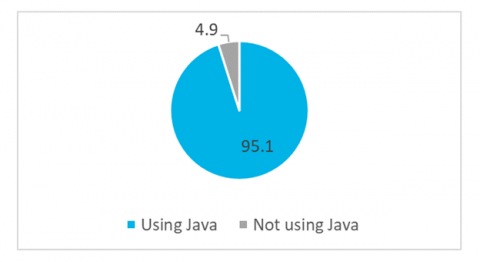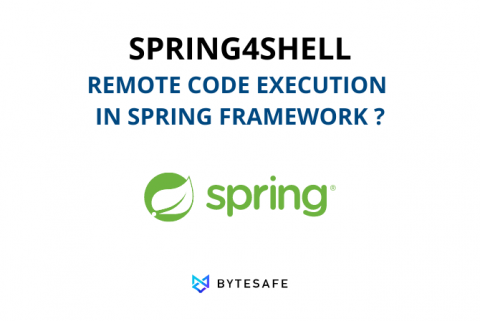Browsers tormented by open roll vulnerability
“Never click unexpected links!” Ever hear someone yell this? Virtually every person in tech has a healthy suspicion of random links; it is for a good reason. Every now and then there are huge leaks from industry leaders as a result of a targeted campaign. One of the most reliable ways to “phish” someone, or exfiltrate their credentials, is to abuse an open redirect vulnerability in a safe-looking website and redirect the victims to a malicious one.











